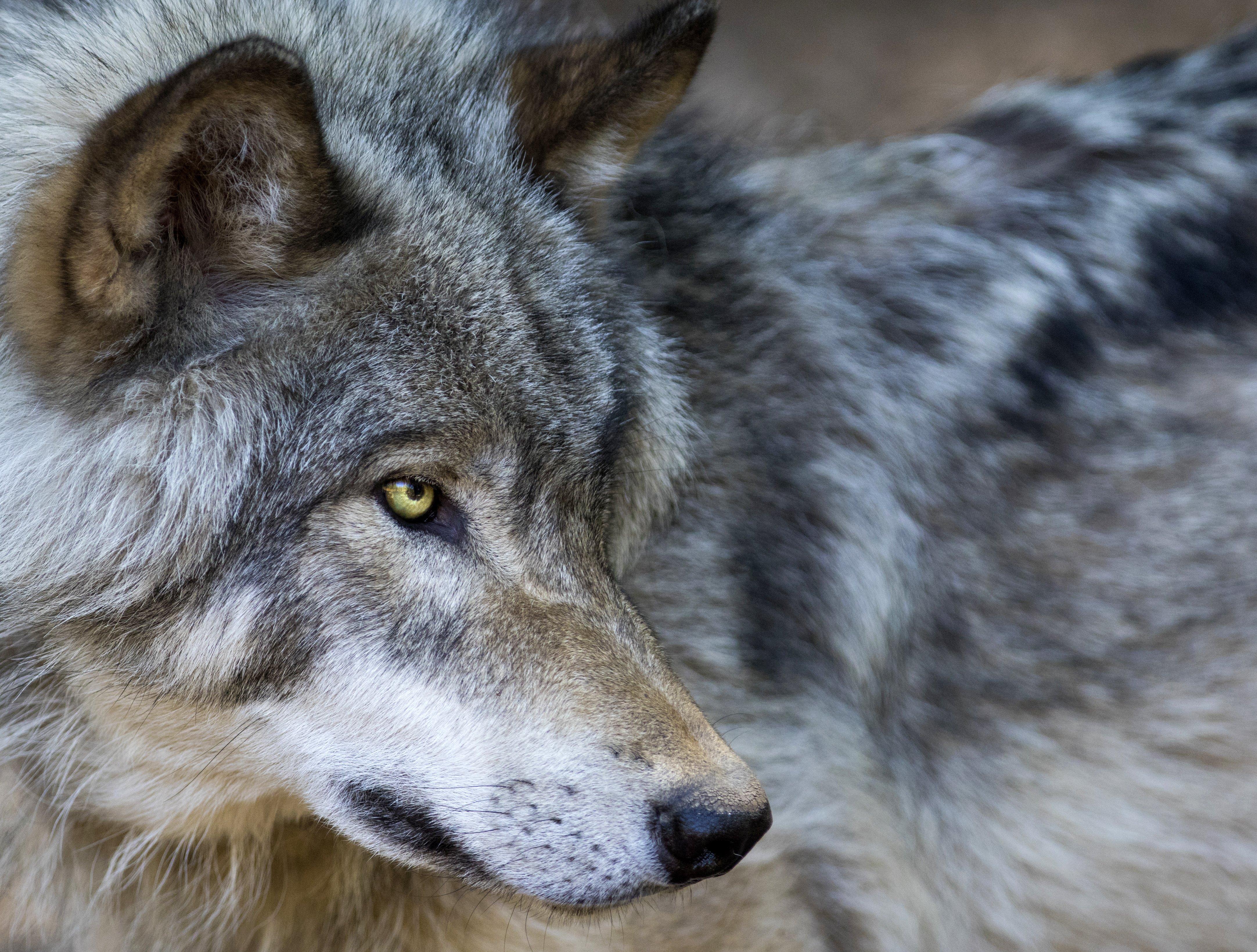The large canines have been documented pushing adult lions away from prey and killing kittens

A study claims wolves are the likely reason the mountain lion population in part of Wyoming has greatly decreased. Image by Mircea Costina
Wolves may be the reason behind a huge decline in northwest Wyoming’s mountain lion population, according to a study featured in an article published by Smithsonian magazine. The article claims wolves have reduced the mountain lion population by 48% in the Greater Yellowstone ecosystem by killing kittens and pushing adults away from prey.
Wyoming Game and Fish Department large carnivore specialist Dan Thompson told Cowboy State Daily that although not always amiable, wolves, mountain lions, and grizzlies have co-existed for ages in the Greater Yellowstone region.
He said while the effect of wolves on mountain lions is difficult to quantify, the Yellowstone area provides clues into how the three predators have interacted throughout time.
“We lack the functionality of a time machine to sojourn back and quantify the abundance, density, and distribution of predators and prey through time,” he said. “We can do this based on historical accounts and even fossil records, but alas we will never accurately know how those true interactions occurred 1,000 years ago, 500 years ago, even 200 years ago.”
Thompson explained that up until a few decades ago, mountain lions enjoyed an arguably unnatural status at the the top of the wildlife pecking order because wolves and grizzlies were mostly out of the picture.
“So, now fast forward to just 30 years ago where this study area occurred and the dominant natural predator [leaving out human beings for the sake of this discussion] is the mountain lion,” he said.
The mountain lions were able to sneak in and ambush elk, which congregated in areas with thick cover. But, when wolves started coming back, they pushed the elk into open areas, making it more difficult for mountain lions to stalk and ambush the large animals.
According to the Smithsonian article, as adult mountain lions were struggling to take down prey, wolves were killing kittens. Researchers noted that a female mountain lion they were tracking lost all three of her kittens to wolves in less than a year.
On the other hand, an article published in Cowboy State Daily states researchers in the Pacific Northwest have noted a sharp increase in the number of wolves being killed by mountain lions.
Thompson explains that the Greater Yellowstone has its own set of dynamics.
“Populations are regulated by prey abundance, humans [hunting] and mountain lions sometimes killing each other or each other’s kittens,” he said. “This is how it works throughout most of North America, but in the [Greater Yellowstone] it is a different story.
“After wolves were reintroduced, they thrived and expanded, and in the case of this study area some of the bigger wolf packs and higher densities occurred in the Greater Yellowstone, resulting in changes in mountain lion behavior, distribution, and abundance.”
Thompson said the interaction between wolves, mountain lions, and grizzlies in northwest Wyoming could just be a return to a more natural order.
When mountain lions were the apex predator with only humans to compete with for elk, they multiplied. So, when the other predators returned, it makes sense for them to be knocked back some.
“One could argue that we are living in and witnessing this intricate evolutionary dynamic right before our eyes,” Thompson said.
He said mountain lion populations may be unnaturally large in other areas of Wyoming.
“In areas with abundant prey and lack of primary competitors, mountain lion populations are likely higher now than in the distant past — the Black Hills of South Dakota and Wyoming are a prime example of this,” he said.
According to Cowboy State Daily, earlier this year, Wyoming legislators passed and signed into law a bill allowing hunters to pursue the cats with hounds outside of regular hunting seasons to keep the population in check.
Thompson said Game and Fish is trying to maintain a balance between wildlife species as well as varying public opinions regarding large predators.
“We have also maintained or augmented wolf harvest limits to reduce conflict potential with livestock as well as reduce overall pack size and abundance in these areas,” he said. “These are done based on data and public comment. In the microcosm of hunting and large carnivores there is a great deal of polarity of opinion between total extirpation and a completely hands-off mentality.”










